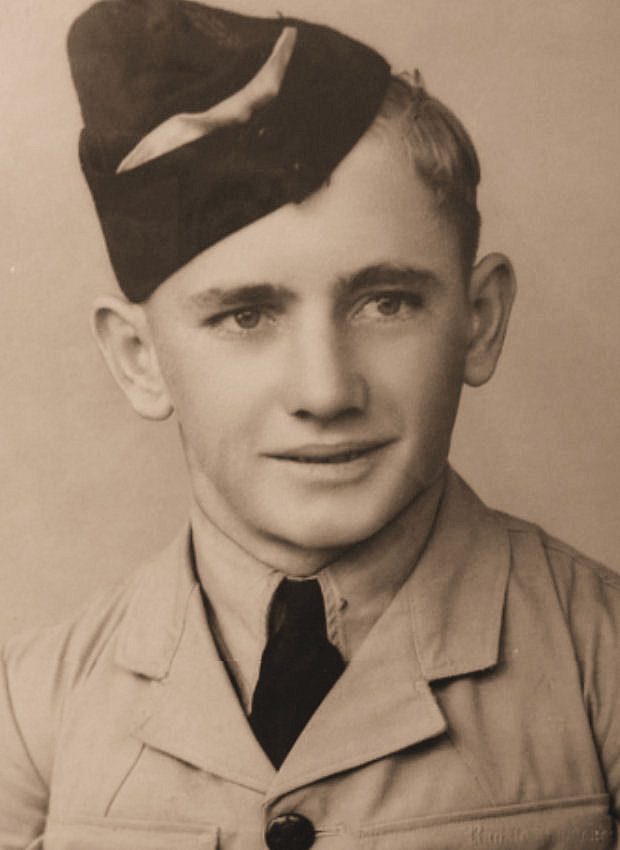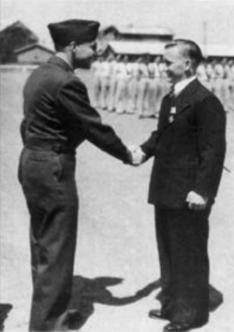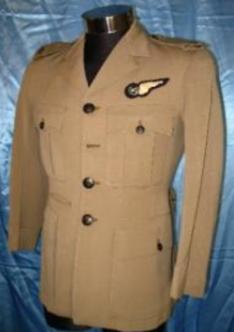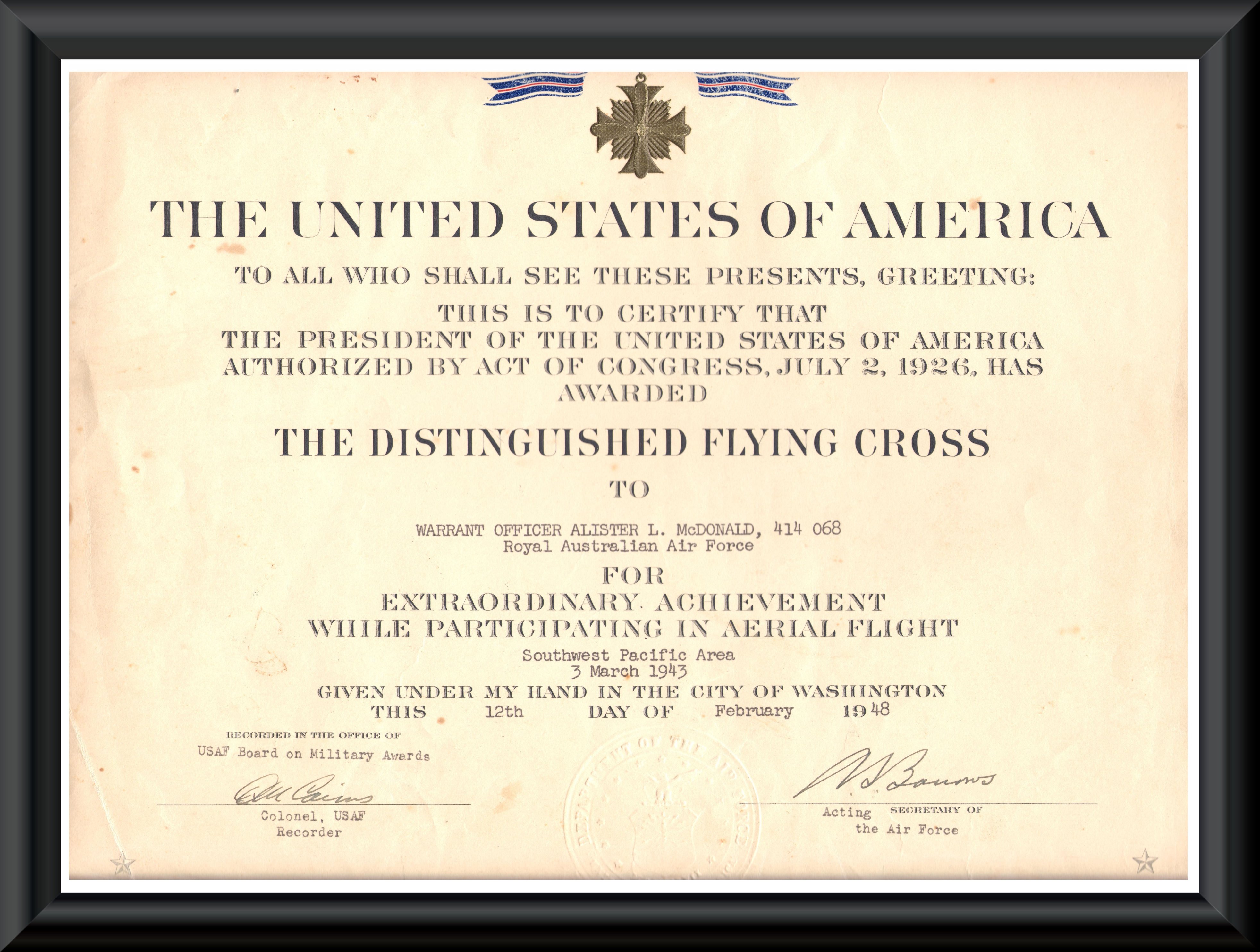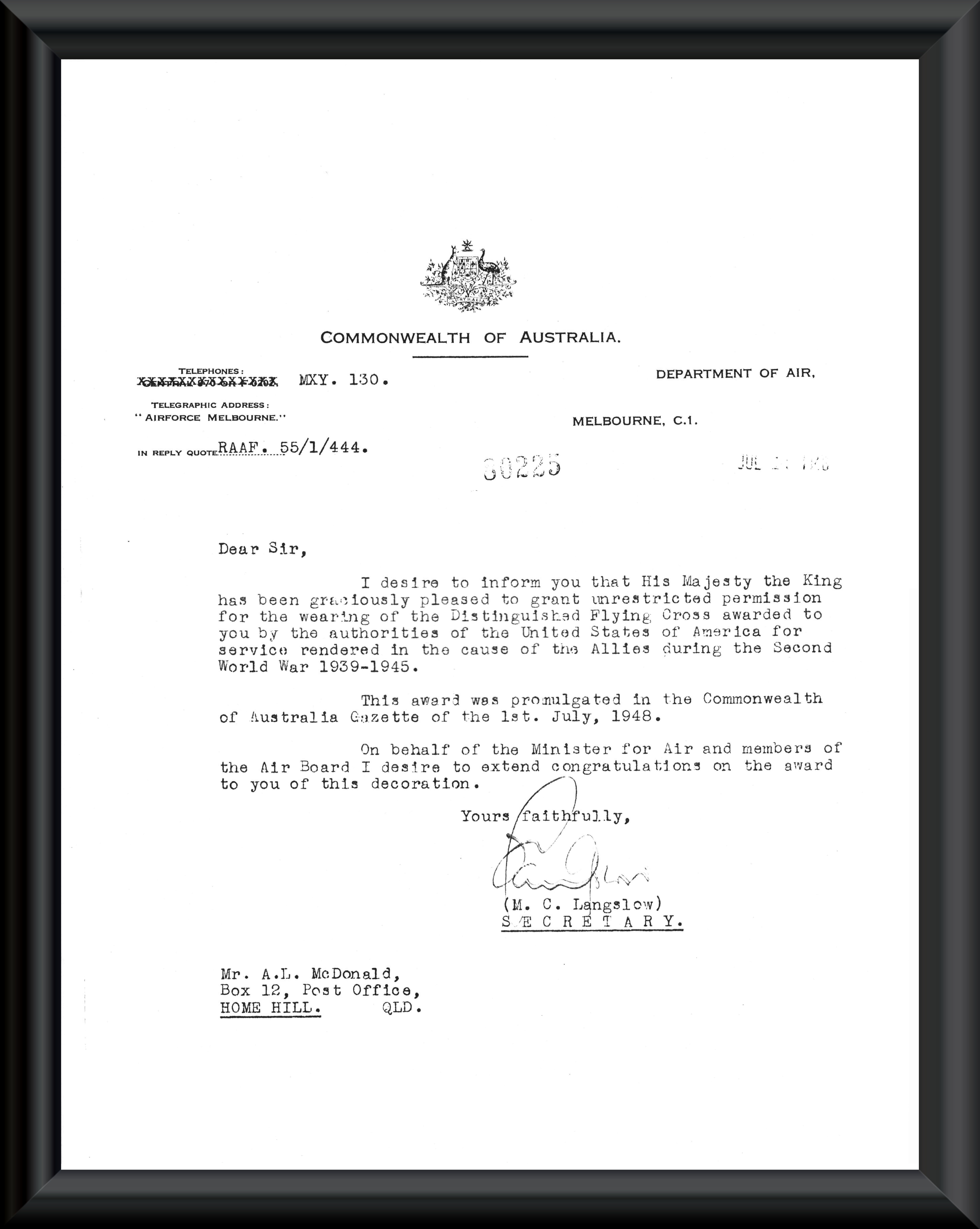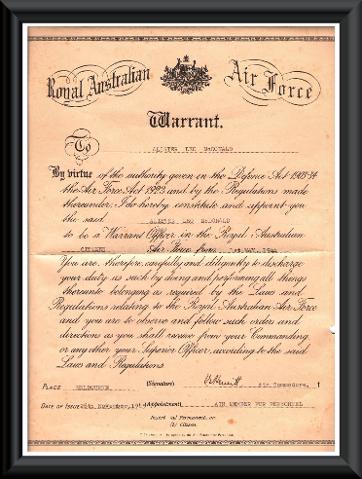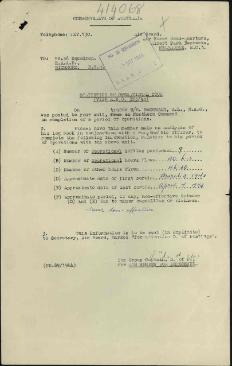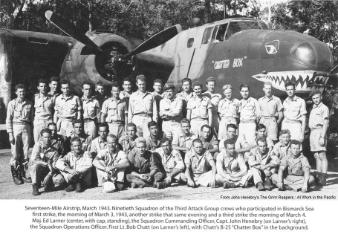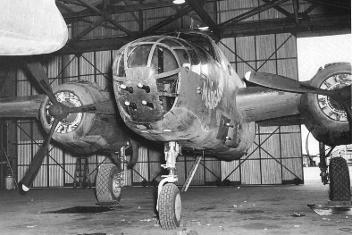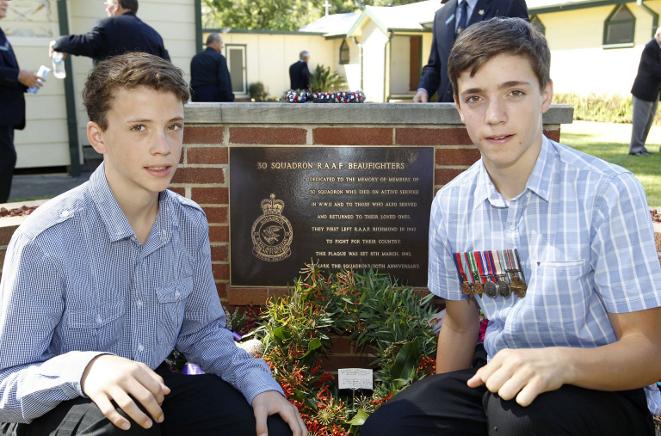ALISTER LEO (IAN RANALD) McDONALD
29/10/1922 – 22/11/1995
Ian McDonald was born the youngest of seven children to Leo Michael and Marie Matilde (Tilly) McDonald of Moidart Farm, Home Hill North Queensland on the 29th October 1922. The farm was a mixed farm producing sugarcane, as well as running some cattle and thoroughbred horses.
Ian was born on the 29th October 1922. In those days it was common for expectant mothers from the Home Hill district to go south to Bowen to have their babies. Tilly went to Bowen several weeks before the baby was due, to await the birth. It had been decided before she left, that if the baby was a boy, he was to be called Ian Ranald. A telegram was sent to Leo announcing the birth and he, in turn, sent a telegram to his father Michael (who resided in Victoria) about the happy event. Michael McDonald replied and suggested the name Alister as suitable for the new baby. Leo registered the birth as Alister Leo, after his father’s suggestion, and then promptly forgot about it. Meantime Tilly, having had him baptised Ian Ranald as previously decided, was calling the baby Ian, before bringing him home several weeks after the birth. This was to cause confusion later when a copy of the birth certificate was required to enroll for the scholarship class at school as no record of an Ian McDonald could be found in the register of Births for that date. Suddenly his father remembered that he had registered the birth name as Alister Leo. This was the start of Ian’s double life-Alister to his work mates and on formal occasions, and Ian to his family and childhood friends.
Ian, as he was known, grew up on the farm and enjoyed a happy childhood. He rode horses, played tennis on the family tennis court, went fishing in the lagoons and creeks, and helped on the farm. He joined the Home Hill Pipe Band as a piper and was tutored by Mr Hay. He was a very good piper and enjoyed success at many piping competitions. As he reached high school age it was decided to send him to Nudgee College in Brisbane to finalise his schooling. This had the added benefit of allowing him to have extra tuition on the pipes, as well as rounding out his academic achievements. This was a very big change for a young boy from the country, and at first Ian found it very difficult to adjust to life at the boarding school. In several letters he wrote home at the time, he said he wished he had a bomb big enough to blow the school up, so he could come home again. Little did he know that he would soon have access to such bombs during his war service. He soon settled in to life at the school and thoroughly enjoyed his two years at Nudgee College, representing the College in tennis and football. After returning from school Ian helped on the farm before taking a job with the court of Petty Sessions in Home Hill as a clerk.
Ian applied to join the RAAF on the 17/01/1941 at the Townsville Recruiting Centre. He was called up in the Royal Australian Air Force on the 20th July 1941. The local Caledonian Society held an enlistment party for Ian before he left Home Hill, and presented him with a kangaroo skin wallet. Ian gave his height as 5’10” on application to the RAAF, a slight exaggeration, as he was 4’11” at the time. He actually grew over 4” while in the air force and was 5’4” when discharged. Ian wanted to be a pilot but he was too small. Even sitting on a pillow to raise him up he couldn’t reach the controls. He was therefore sent to the Parkes NSW training school to learn Morse code, and to train as a wireless operator. He graduated first of his class. After graduation he was sent to the Gunnery and Flight Training School at Deniliquin NSW to complete his training. He graduated as a Wireless Air Gunner on the 4th February 1943. He was assigned to aircrew in the Asia Pacific region.
He joined the 9th Operational Group on the 8th February 1943. No. 9 Operational Group (9OG) had been formed in New Guinea in September 1942, and consisted of seven RAAF squadrons attached to the USAAF’s Fifth Air Force. Four of the squadrons were based at Milne Bay and three at Port Moresby. On its establishment it was the RAAF’s "premier fighting unit" in the South West Pacific Area, taking the best graduates from the RAAF’s training schools.
Ian flew with several US aircrews as part of the 90th Squadron of the 3rd Attack Group and served with them in the Battle of the Bismarck Sea. The renowned Australian photographer Damien Parer was in Port Moresby at the time and recorded the Battle in photograph and film. Ian was mentioned several times in despatches and flew with a number of crews in different aircraft. In one instance he returned from one mission only to immediately go out again on another plane that did not have a wireless operator. During his service with the 90th Squadron, Ian also flew on the mission that attacked a Japanese submarine that had been seen on the surface in Lae harbour, causing it to be destroyed. He accrued over 70 flying hours during his two months with the squadron and endured the last major air raid over Port Moresby by the Japanese on April 12 1943.
For his part in the Battle of the Bismarck Sea Ian later received the US award-the Distinguished Flying Cross.
On the 23/04/1943 Ian was transferred to the Rescue and Communication Squadron which was operating across the ranges and outlying islands of New Guinea. It was desperately in need of wireless operators. The Rescue and Communication Squadron was responsible for transmitting and relaying messages over the Owen Stanley Ranges as well as conducting search and rescue missions for downed airman etc. When not actively engaged in these the squadron transported men and materials around the outlying areas. The squadron became known as the “flying circus” due to the odd assortment of aircraft that it flew and the independent and innovative actions of its members. It used whatever aircraft it could get its hands on, including Tiger Moths, Dragons, Catalinas, Avro Ansons and Dornier 24s etc. As a proficient wireless operator Ian was transferred to outlying posts on the Owen Stanley Ranges to relay messages, mayday calls, and records of troop and other movements to headquarters in Port Moresby. Signals could not be reliably transmitted across the ranges and operators were required to listen in and re-transmit messages to Port Moresby. He remained with this squadron, often serving on his own in isolated outposts for weeks at a time, for 5 months. He suffered several bouts of malaria while stationed in these outposts.
From the Rescue and Communication Squadron Ian next saw active service with the 71st Squadron from the 1/11/1943 to 21/08/1944. (A patrol from this squadron found the survivors of the hospital ship Centaur, which had been torpedoed by a Japanese submarine off Moreton Island Qld on the 14th May 1943, even though it was clearly marked as a hospital ship.) The squadron’s role was to patrol the coastline of northern Australia for enemy submarines. Japanese submarines were actively patrolling along the Qld coast during this time, searching for unsuspecting coastal vessels, which they would shadow until they could be attacked. The patrol would look for the wake from a periscope as a submarine patrolled along under the water. Then they would go in and try to bomb it. The squadron operated from several bases along the coast, patrolling the sea channels and coastline. Once the threat of submarine attacks along the coast became less, this squadron was disbanded and the personnel were transferred to other duties.
Ian was transferred to the 38th Squadron on the 21/08/1944, and served in this squadron until his discharge from the RAAF in February 1946. The 38th Squadron was responsible for transporting supplies and passengers throughout Australia and New Guinea and other localities in the South West Pacific. In the forward areas, hazardous low level supply dropping missions were conducted in support of Australian troops, and in this role, the popular Dakotas used by the squadron became known as the "Biscuit Bombers" to the grateful Aussie diggers. Ian was stationed at Richmond Air Base, flying regularly on the Northern Transport Route. In November 1945, he returned briefly to New Guinea with this squadron, providing support to the mopping up operations that were taking place in the aftermath of the war.
After his discharge from the RAAF, Ian took up employment with the Department of War Service Homes, a federal government department which assisted veterans with the purchase of their homes through a building program and loan scheme. He was well respected and liked amongst his work colleagues for his excellent work ethic and all the veterans who came into contact with him appreciated his assistance with their applications. Nothing was too much trouble for him. He worked with this department until his retirement.
He married the love of his life Veronica Jean Stack
in 1949 and raised a family of seven children- two boys and five girls. Having spent his early years growing up on a
farm, Ian enjoyed gardening and maintained a very large vegetable garden that
provided much produce for the family. He
remained a true son of the Celts all his life and maintained a keen interest in
all things Scottish until his death in 1995.
Ethan & Will are the grandchildren of Alister L. McDonald R.A.A.F. who was attached to the 90th Bomb Squadron 3rd Bombardment Group during the Battle of the Bismark Sea. Will is wearing the decorations of his grandfather among which is the Distinguished Flying Cross awarded by the USAAF for his service during the Bismark Sea action.
All images are from Michaela McDonald & The McDonald Family
